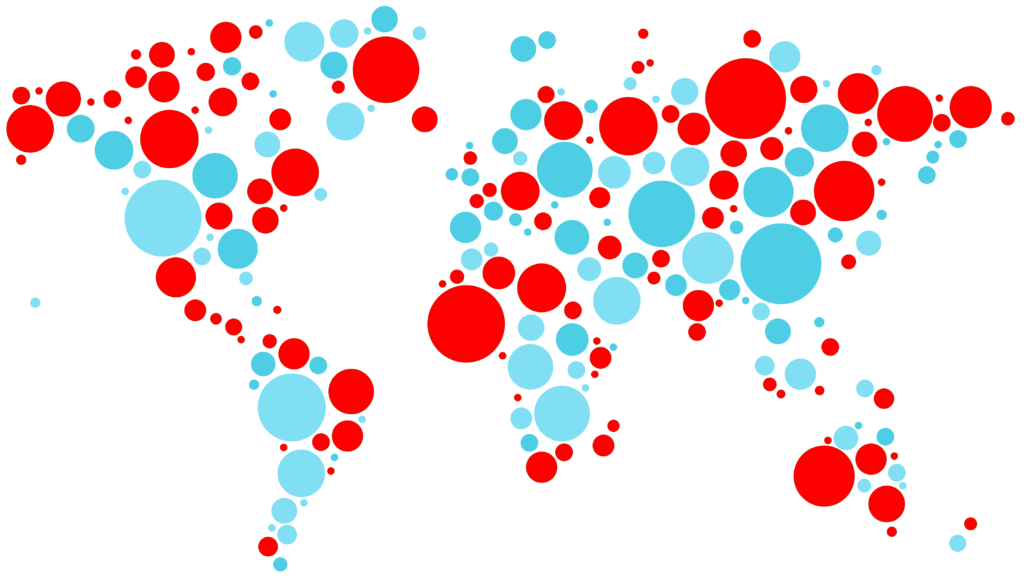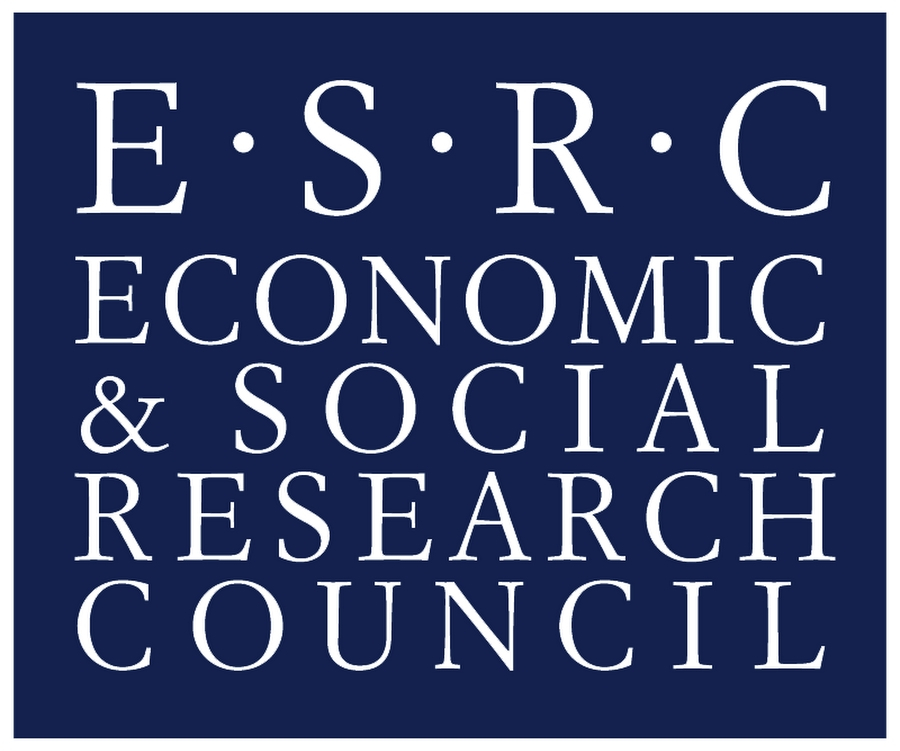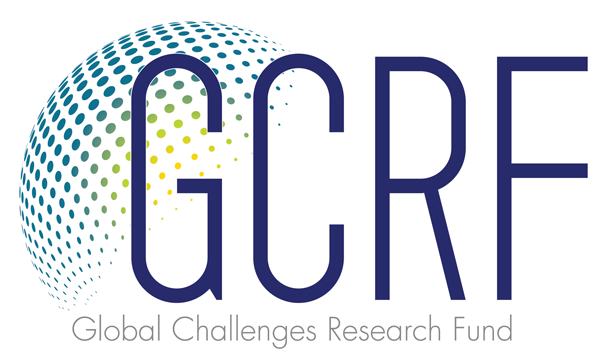
The ESRC Global Poverty & Inequality Dynamics research network is compiling a comprehensive collection of global data resources on employment, inequality, structural change, and economic development. You can find an overview of selected resources below.
| Database | Citation/Institution | Description | Years covered | Countries covered |
| Groningen Growth and Development Centre (GGDC) 10 sector database | Timmer, M. P., de Vries, G. J., & de Vries, K. (2015). “Patterns of Structural Change in Developing Countries.” . In J. Weiss, & M. Tribe (Eds.), Routledge Handbook of Industry and Development. (pp. 65-83). London: Routledge. | The GGDC 10-Sector Database provides a long-run internationally comparable dataset on sectoral productivity performance in Africa, Asia, and Latin America. Variables covered in the data set are annual series of value added, output deflators, and persons employed for 10 broad sectors. | 1950 onwards | 42 countries
|
| ILOSTAT | International Labour Organization (ILO) | ILOSTAT is a leading resource on labour statistics, including data on (un)employment, working time, earnings, social protection, labour migration and similar labour-related issues. | Varying with some data available from 1939 onwards and some projections to 2021 | 188 countries |
| Indstat | United Nations Industrial Development Organization (UNIDO) | The UNIDO Industrial Statistics Database contains highly disaggregated data on the manufacturing sector. INDSTAT4 offers the possibility of in-depth analysis of the structural transformation of economies over time. The database contains seven principle indicators of industrial statistics. The data comprises more than 150 manufacturing sectors and sub-sectors. | 1990 onwards | 171 countries |
| Labour Force Surveys | International Labour Organization (ILO) | A Labour Force Survey is a standard household-based survey of work-related statistics. ILO has collected such surveys for all countries and territories which make their Labour Force Surveys available online. A wide range of labour statistics and meta-data. | Varies by country | 200 countries |
| PovcalNet | World Bank | PovcalNet is an interactive computational tool that allows users to replicate the calculations made by the World Bank’s researchers in estimating the extent of absolute poverty in the world. PovcalNet also allows you to calculate the poverty measures under different assumptions and to assemble the estimates using alternative country groupings or for any set of individual countries of the user’s choosing. | 1981 onwards | 163 countries |
| The Atlas of Economic Complexity | Hausmann, R., Hidalgo, C.A., Bustos, S., Coscia, M., Chung, S., Jimenez, J., Simoes, A., Yildirim, M. (2011) The Atlas of Economic Complexity. Puritan Press. Cambridge MA. | The Online Atlas of Economic Complexity is an interactive tool created by the Center for International Development at Harvard University that enables users to visualize a country’s total trade, track how these dynamics change over time and explore growth opportunities for more than a hundred countries worldwide. The underlying data can be downloaded here. | 1962 onwards | 200 countries |
| UNCTAD Data Centre | United Nations Conference on Trade and Development (UNCTAD) | UNCTAD compiles, validates and processes a wide range of data on issues of trade and development collected from national and international sources. | Most of the time series cover long periods, some dating back to 1948. | Up to 237 countries depending on dataset |
| University of Texas Inequality Project (UTIP) Inequality Project | Galbraith et al. (2017) – see here for a full list of collaborators; | UTIP at University of Texas have produced data sets on pay inequality at the global level, at the national level. They have also used pay inequality as an instrument to estimate measures of household income inequality. | Varies by country | Argentina, Brazil, Cuba, China, India, and Russia, and at the regional level for Europe |
| World Development Indicators | World Bank | The World Development Indicators are the primary World Bank collection of development indicators, compiled from officially-recognized international sources. | 1960 onwards | 217 countries |
| World Income Inequality Database (WIID) | United Nations University World Institute for Development Economics Research (UNU-WIDER) | The WIID collects and stores information on income inequality for developed, developing, and transition countries. It provides the most comprehensive set of income inequality statistics available. | 1960 onwards (varies by country) | 182 countries |
| World Input–Output Database (WIOD) | Timmer, M. P., Dietzenbacher, E., Los, B., Stehrer, R. and de Vries, G. J. (2015), “An Illustrated User Guide to the World Input–Output Database: the Case of Global Automotive Production”, Review of International Economics., 23: 575–605 | The core of the database is a set of harmonized supply and use tables, alongside with data on international trade in goods and services. These two sets of data have been integrated into sets of inter-country (world) input-output tables. | 2000-2014 | 43 countries |

